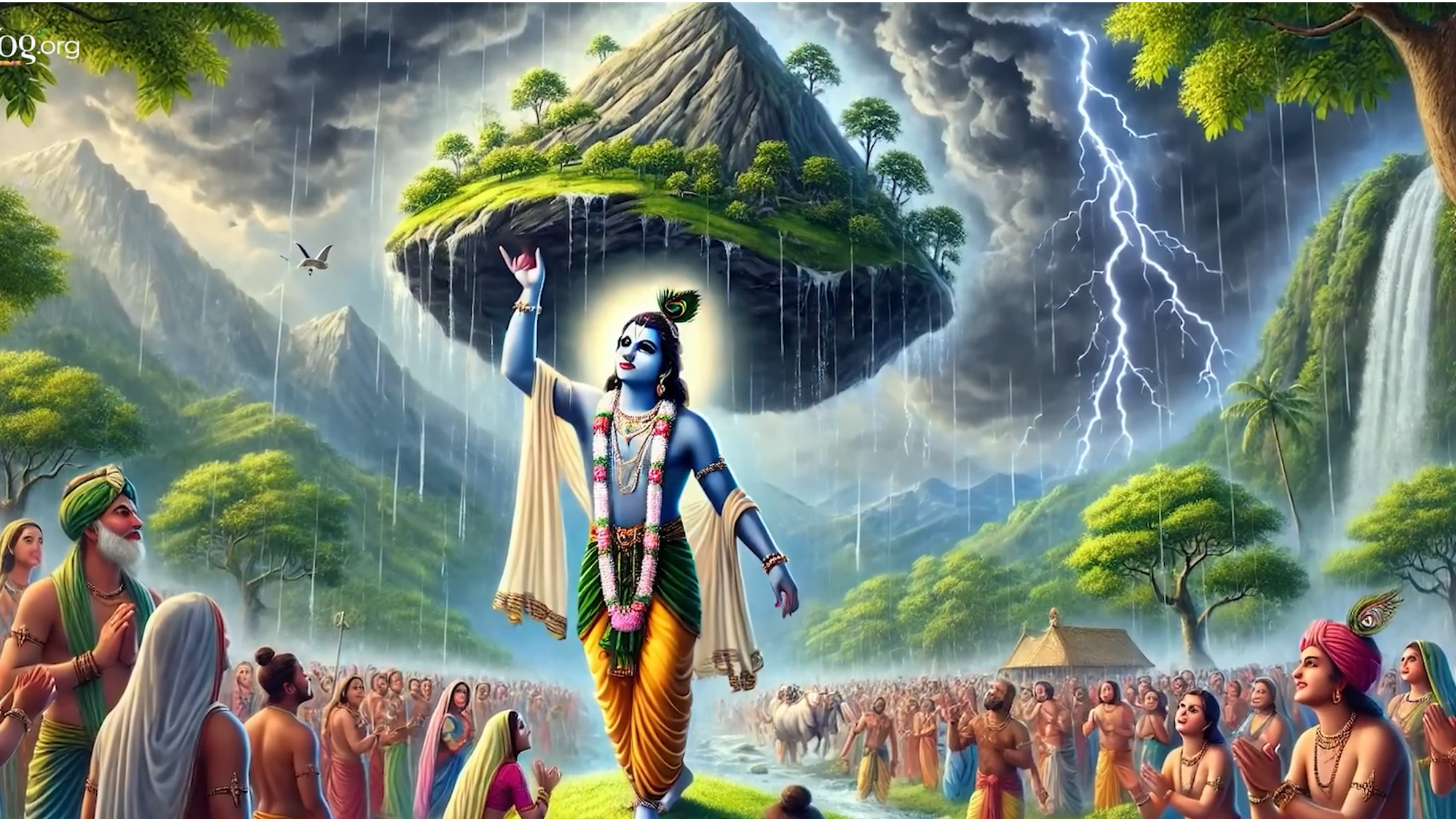Govardhan Puja ranks among the most important celebrations in the Hindu calendar. Devotees celebrate it on the fourth day of Diwali. The sacred festival remembers how Shree Krishna foresaw danger and lifted mount Govardhan to protect Gokul and Vrindavan's residents from the wrath of Lord Indra, king of heavenly demi-gods. Devotees worldwide consider this festival deeply meaningful.
Ancient traditions blend with deep spiritual teachings through various customs and rituals during this celebration. Devotees show their faith by creating small models of Govardhan hills and performing parikrama (circumambulation). They also offer Chappan Bhog (feast of 56 delicacies) to express their devotion and gratitude. The sacred Annakoot ceremony's practices remind followers about protecting nature, staying humble, and maintaining steadfast faith in divine protection.
The Legend of Govardhan Leela
Braj was an agrarian society, dependent on seasonal rains for their livelihood. Each year, the people of Braj would perform a puja to please Indra, the god of rain, who was responsible for blessing them with the rainfall essential for their crops. When Krishna noticed preparations for the Indra Puja, He questioned His father Nanda and mother Yashoda. Nanda explained that they worshipped Indra in gratitude for the rain.
But Shree Krishna, already foreseeing the future, decided to redirect the devotion of the Brajbasis (residents of Braj) . He understood that the ultimate message He would deliver to Arjuna in the Bhagavad Gita—that of ananya bhakti, or exclusive devotion to the Supreme—could be misunderstood if people were worshiping deities like Indra. Therefore, Shree Krishna encouraged the Brajvasis (residents of Braj) to focus on Govardhan Hill, which nourished their cows and provided them with all they needed.
Shree Krishna Convincing the Brajvasis to Worship Govardhan
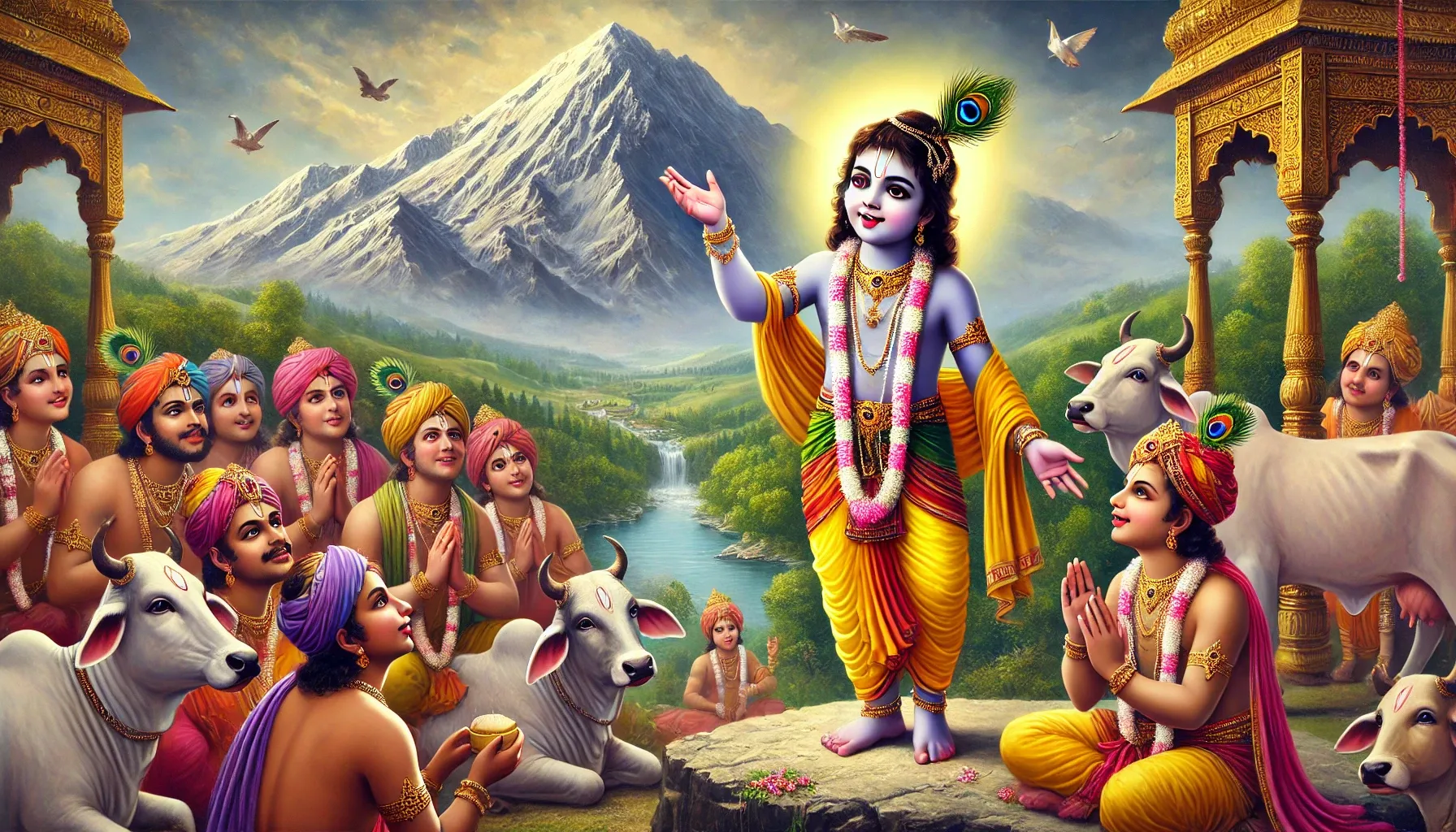
With the help of the children of Braj, Shree Krishna called a general assembly and shared His perspective. Govardhan Hill, He explained, was itself a form of Vishnu Bhagavan and deserved their devotion as it directly sustained their lives and brought them closer to the Supreme. The Brajvasis, convinced by Shree Krishna’s wisdom, brought offerings of food and adorned mount Govardhan with love and devotion. Thus, they celebrated Govardhan Puja with great joy, offering bhog to Govardhan as their true protector.
Significance of Shree Krishna's lifting the mountain
When Indra learned that the Brajvasis had ceased his worship, he was enraged. In his arrogance, he sent down the terrifying Samvartaka cloud to flood Braj with relentless rain, intending to devastate the entire community. The rains were relentless, as powerful as those at the end of an era. The Brajvasis, frightened by the deluge, turned to Shree Krishna for help.
Krishna, with a smile, reassured them and displayed His divine power by lifting Govardhan Hill on the little finger of His left hand. He held it like an umbrella for seven days and nights, shielding the entire community from the torrential storm. His use of the little finger symbolized His ease in countering the wrath of Indra, showing that for the Lord, no task is difficult when it comes to protecting His devotees.
Defeat of Lord Indra's ego
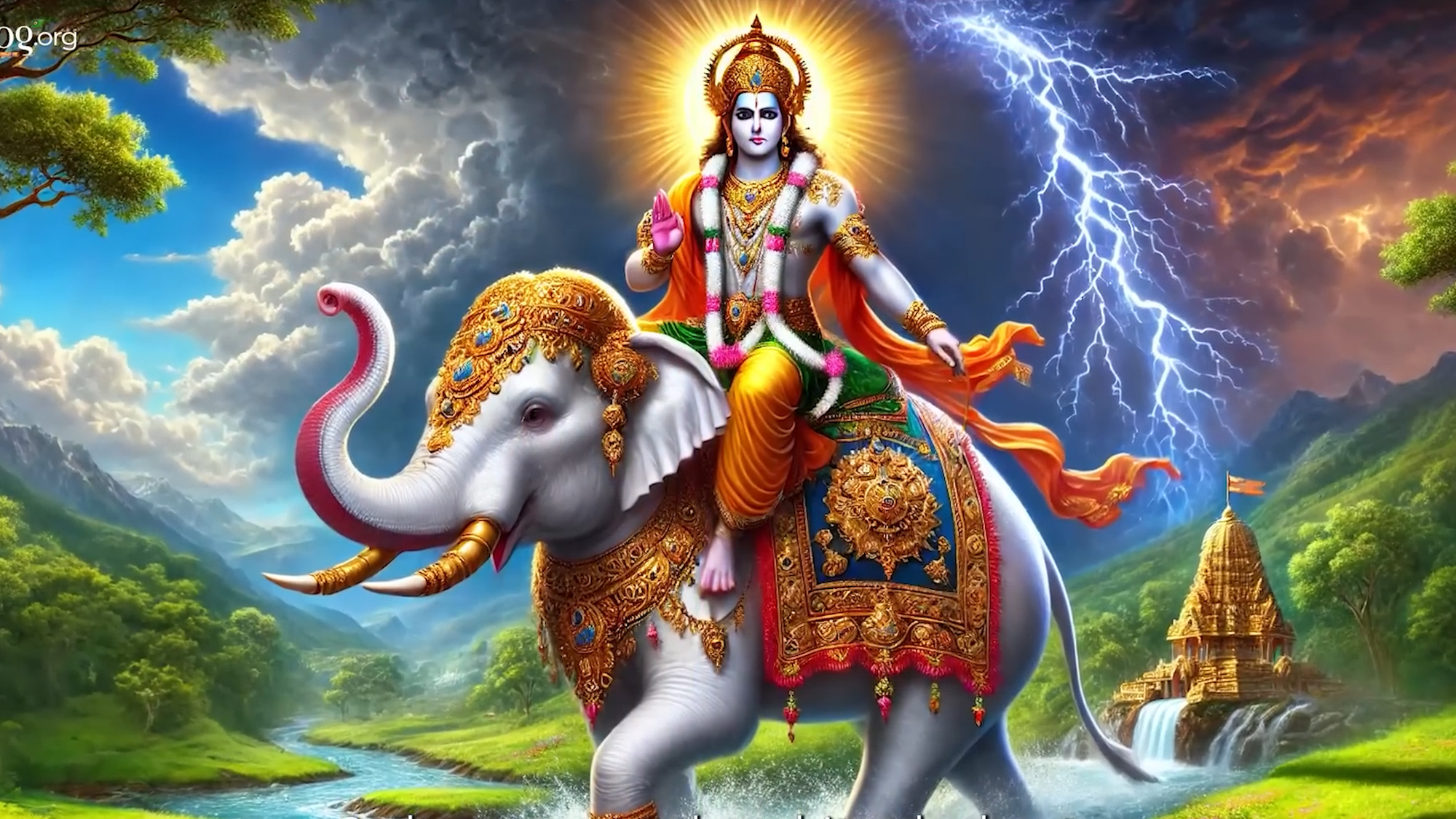
The confrontation peaked after seven days when Indra realized his defeat. His attempts to destroy Gokul proved futile, and he finally understood that Shree Krishna was no ordinary child but the Supreme God Himself. Indra approached Shree Krishna with folded hands and asked for forgiveness for his arrogance. This moment transformed into a turning point that established Govardhan Puja as an annual celebration of divine protection and environmental care.
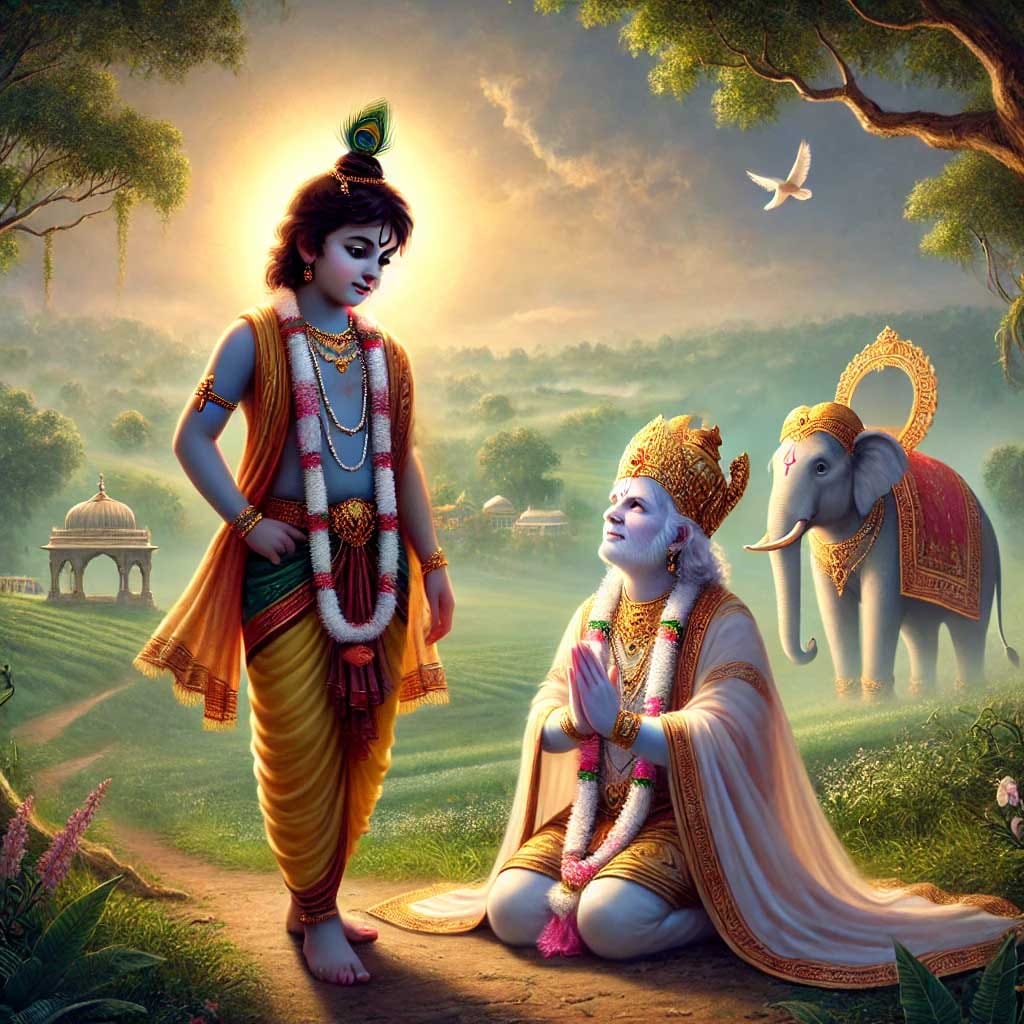
The divine leela symbolizes deep teachings about respecting nature's forces. You must stay humble whatever your power position. Shree Krishna's mountain-lifting act became a powerful symbol that showed how devotion triumphs over ego.
Rituals and Traditions
Govardhan Puja's sacred rituals blend ancient traditions with expanded offerings that create a profound celebration of devotion and gratitude. People observe these time-honored practices with great reverence throughout India, especially in Mathura and Vrindavan regions.
Creating the symbolic Govardhan hill
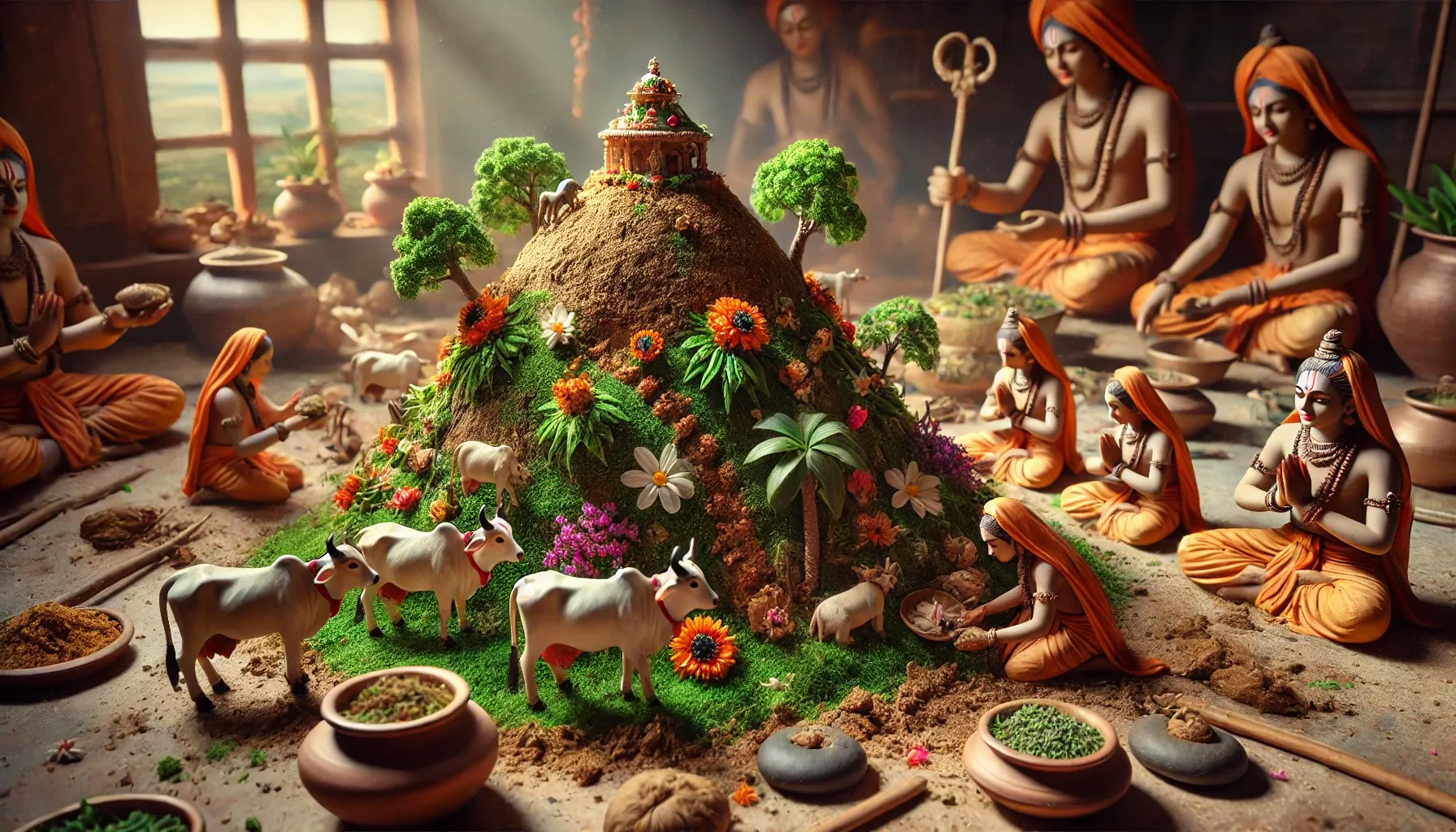
Devotees craft a symbolic representation of the sacred mountain from cow dung. They decorate this miniature Govardhan hill with flowers and small cow figures, and add grass and twigs that represent the natural vegetation. This sacred creation becomes the worship's focal point and symbolizes the actual Govardhan Parvat that Lord Krishna lifted.
Performing Govardhan parikrama (circumambulation)
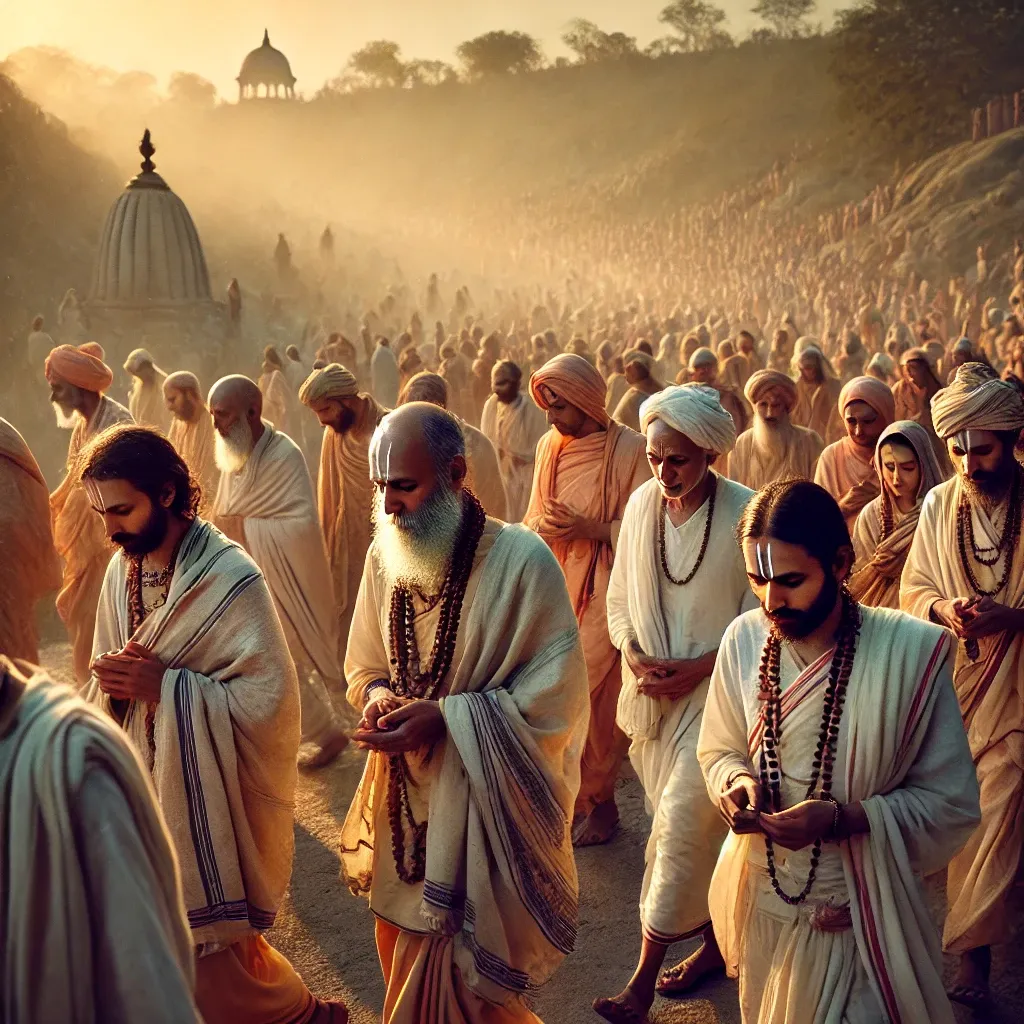
The Parikrama ritual is a vital element of the celebration with a sacred circumambulation around the Govardhan Hill. Devotees walk approximately 23 kilometers on this spiritual path. The sacred walk starts at Manasi-Ganga Kund and ends at the Lord Harideva temple, and pilgrims usually complete it in 5-6 hours. Devotees express their faith through:
· Chanting Shree Krishna's names
· Singing devotional songs
· Offering flowers and diyas at various shrines
· Walking barefoot to show their devotion
Offering of Chappan Bhog (56 food items)
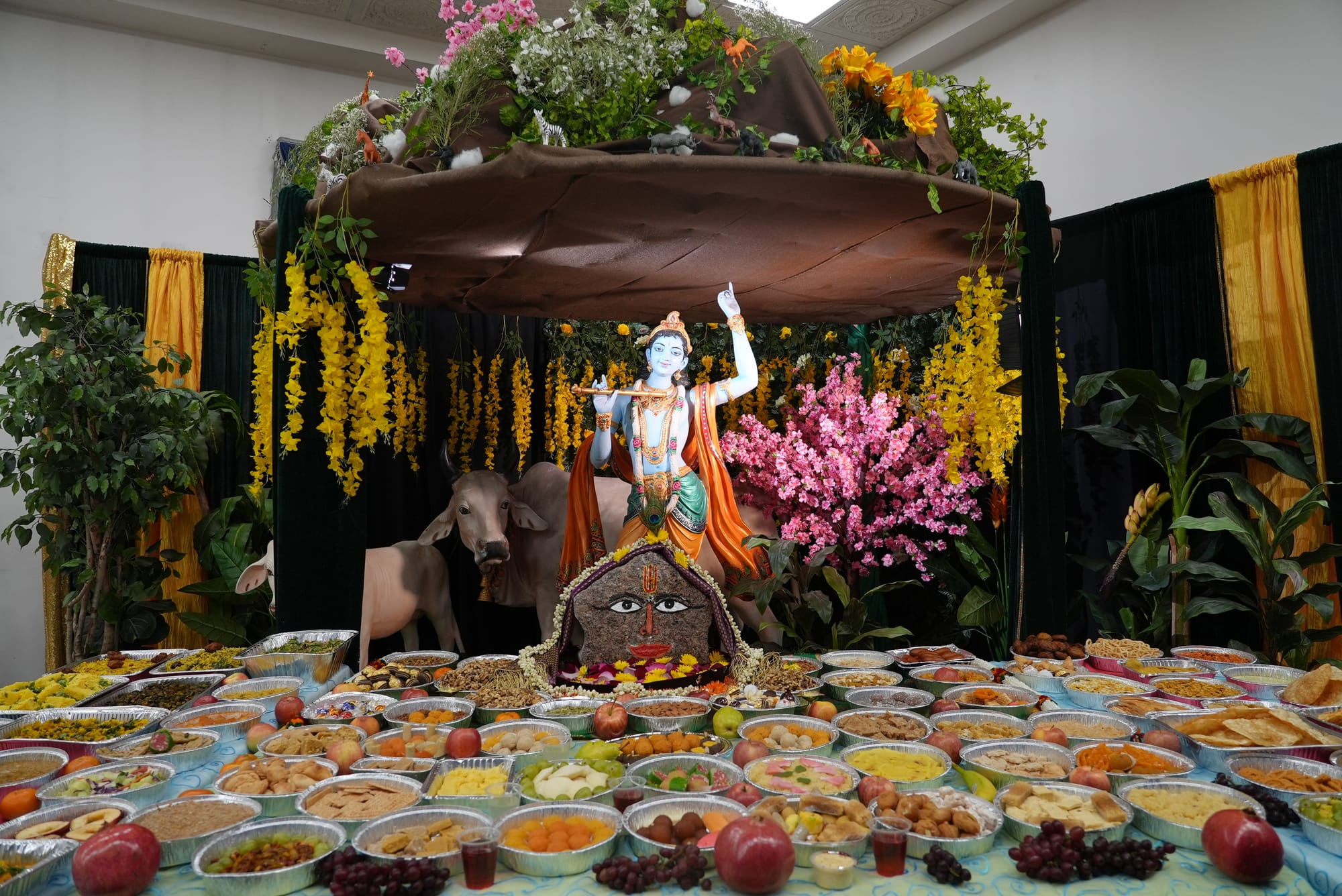
The Annakut ceremony stands as the highlight of Govardhan Puja celebrations with its grand Chappan Bhog offering. Devotees arrange this magnificent feast of 56 items in careful tiers before the deity according to traditional customs:
· Milk products are placed closest to the deity
· Besan (gram flour) items occupy the next tier
· Salty foods come after the sweets
· Illachi (cardamom) completes the offering
The grand feast has an amazing variety of items:
· Seven types each of cereals, fruits, and dry fruits
· Seven varieties of vegetables and sweets
· Seven different drinks and savory items
· Seven types of sauces or pickles
This magnificent display, known as Annakut (mountain of food), represents the abundance of Govardhan Hill. Devotees receive the blessed food as prasad after the offering, which strengthens community bonds. The tradition's roots go back to Lord Krishna's feat of holding up the mountain for seven days without eating, leading devotees to prepare 56 dishes (7 days × 8 meals).
Spiritual Significance of Govardhan Puja
Govardhan Puja's significance extends beyond its festive celebrations. Its profound spiritual teachings strike a chord with today's environmental consciousness and devotional practices. This sacred tradition connects ancient wisdom with modern-day relevance and is a great way to get lessons about green living and spiritual growth.
Gratitude towards nature
Hindu philosophy demonstrates a fundamental move toward an eco-centric worldview through this festival. Govardhan Puja creates a sacred bond between humanity and the environment by redirecting worship from celestial beings to the natural world. Devotees learn that nature serves both as a provider and protector. The celebration teaches them to recognize and honor their direct sustenance from the natural world.
The celebration demonstrates this gratitude through:
· Recognition of natural resources that sustain life
· Acknowledgment of the earth's abundance
· Appreciation for the interconnectedness of all living beings
Importance of environmental stewardship
Govardhan Puja's message resonates strongly with our current global environmental challenges. This meaningful festival reminds us about our duty to protect nature and maintain eco-friendly living practices. Modern celebrations have evolved to embrace environmental consciousness through various initiatives.
Eco-Friendly Practices Encouraged:
· Use of natural materials in worship
· Promotion of vegetarian and earth-friendly offerings
· Focus on agricultural gratitude
· Implementation of waste-reduction measures
The festival teaches its devotees to develop a deep sense of responsibility for protecting and nurturing our Earth. This time-honored tradition shows us how to blend spiritual practices with solutions for today's environmental challenges.
Lessons of humility and devotion

Govardhan Puja's spiritual significance teaches profound lessons about humility and devotion that surpass environmental awareness. Lord Indra's transformation from pride to humility reminds us that arrogance blocks divine grace. True spiritual progress needs both humility and complete surrender to divine will.
The festival highlights several essential spiritual principles:
· Divine Protection: Sincere devotion brings divine protection when times get tough
· Faith and Surrender: Complete trust in divine providence shapes our path
· Community Unity: Collective devotion and shared spiritual practices build strength
These teachings guide devotees on their spiritual path and help them understand the deep connection between humans, nature, and the divine. The celebration surpasses religious boundaries and promotes universal values of gratitude, humility, and communal harmony.
Conclusion
Govardhan Puja celebrates the deep connection between spiritual wisdom and environmental awareness through its rich traditions. This sacred festival commemorates how Lord Krishna protected his people, while teaching us valuable lessons about nature's significance, humility, and unshakeable faith. Devotees maintain their connection to ancient traditions by creating symbolic Govardhan hills, performing parikrama, and offering Chappan Bhog - practices that remain meaningful today.
The festival's modern celebrations build stronger community bonds while encouraging environmental responsibility and spiritual development. These age-old teachings help practitioners better understand their connection with nature and the divine. Radha Krishna Temple of Dallas offers special Govardhan Puja and Govardhan Yatra celebrations where traditional practices come alive through community worship. This sacred festival serves as a reminder that nature's respect, genuine devotion, and service to the divine pave the way to true prosperity.
FAQs
What are the recommended practices for Govardhan Puja?
During Govardhan Puja, devotees should begin their day with a sacred bath, followed by the creation of a hill made of cow dung, symbolizing Mount Govardhan. Devotees then circumambulate this representation while singing hymns and chants in honor of Lord Krishna. A special feast is prepared and offered to the deity, with the food subsequently distributed as prasad among the participants.
Why is Govardhan Puja celebrated?
Govardhan Puja, also known as Annakut, is a significant Hindu festival celebrated the day after Diwali. It honors Lord Krishna's miraculous deed of lifting the Govardhan Hill to shield the people of Vrindavan from devastating rains, symbolizing his protective nature.
What does Govardhan Puja represent?
Govardhan Puja symbolizes the triumph of virtue over pride and egotism. The festival underscores the importance of nature and highlights the symbiotic relationship between humans and the environment.
When is Govardhan Puja scheduled in 2024?
In 2024, Govardhan Puja will be observed on November 2. The auspicious period, or Tithi, begins on November 1 at 6:16 PM and concludes on November 2 at 8:21 PM. The ideal times for performing the Puja rituals are in the morning from 6:38 AM to 8:53 AM, and in the evening from 3:36 PM to 5:51 PM.


